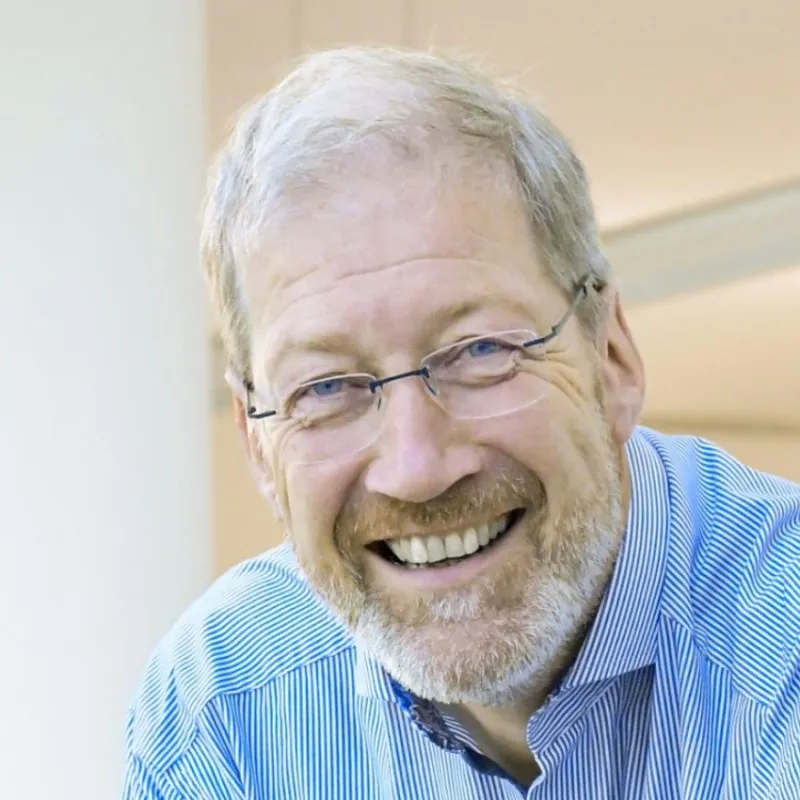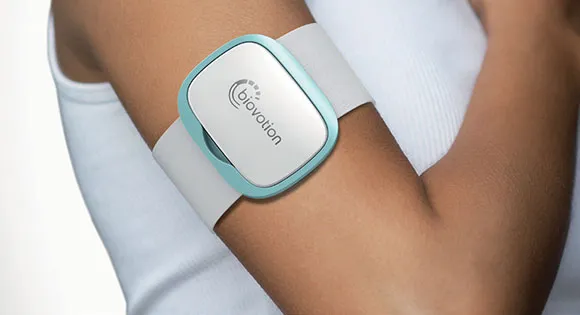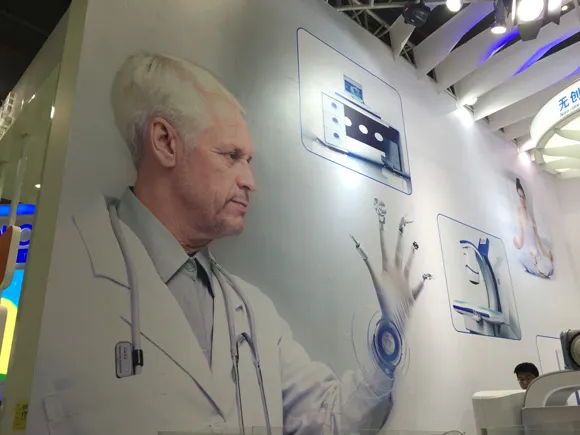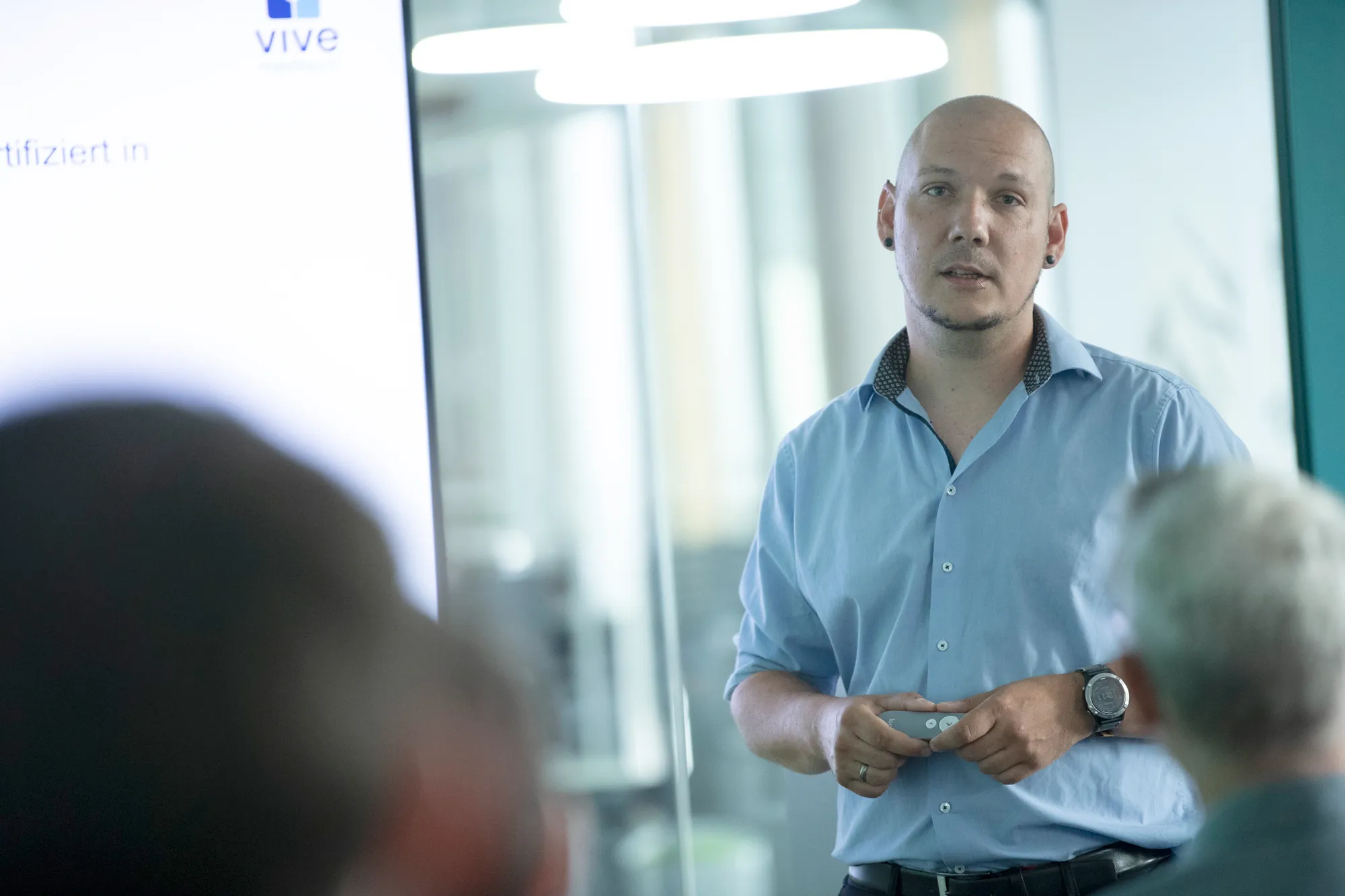Expertise
Creativity in medical design - between regulation and revolution
Medical products must be one thing above all: functional and safe. But what place does creativity have in this environment? The best creative ideas often come directly from the field. Imagine doctors who are annoyed every day by the fact that a sterile barrier can only be created by physical contortions. Most of them get used to it, but there are always those who wonder how it can be done better. This is exactly what we as designers have been waiting for. We take up such impulses and develop them further using our creative methodology together with those affected. Digital technology and AI are now adding to our already large arsenal of creative methods.
The classic tools - far from exhausted
New approaches through interdisciplinary teamwork and external perspectives
Creativity often only unfolds when different minds come together. Interdisciplinary teamwork and exchanges with external experts open the door to new ideas. Different perspectives and approaches enrich the creative process and lead to solutions that a single person might never have found. Many of our projects consist of independent consortium partners with equally independent perspectives, whereby we as designers often take on a moderating role in the interdisciplinary exchange. Digital whiteboards such as Miro or Mural enable us to work together creatively as a team on an ongoing basis and document progress at the same time.
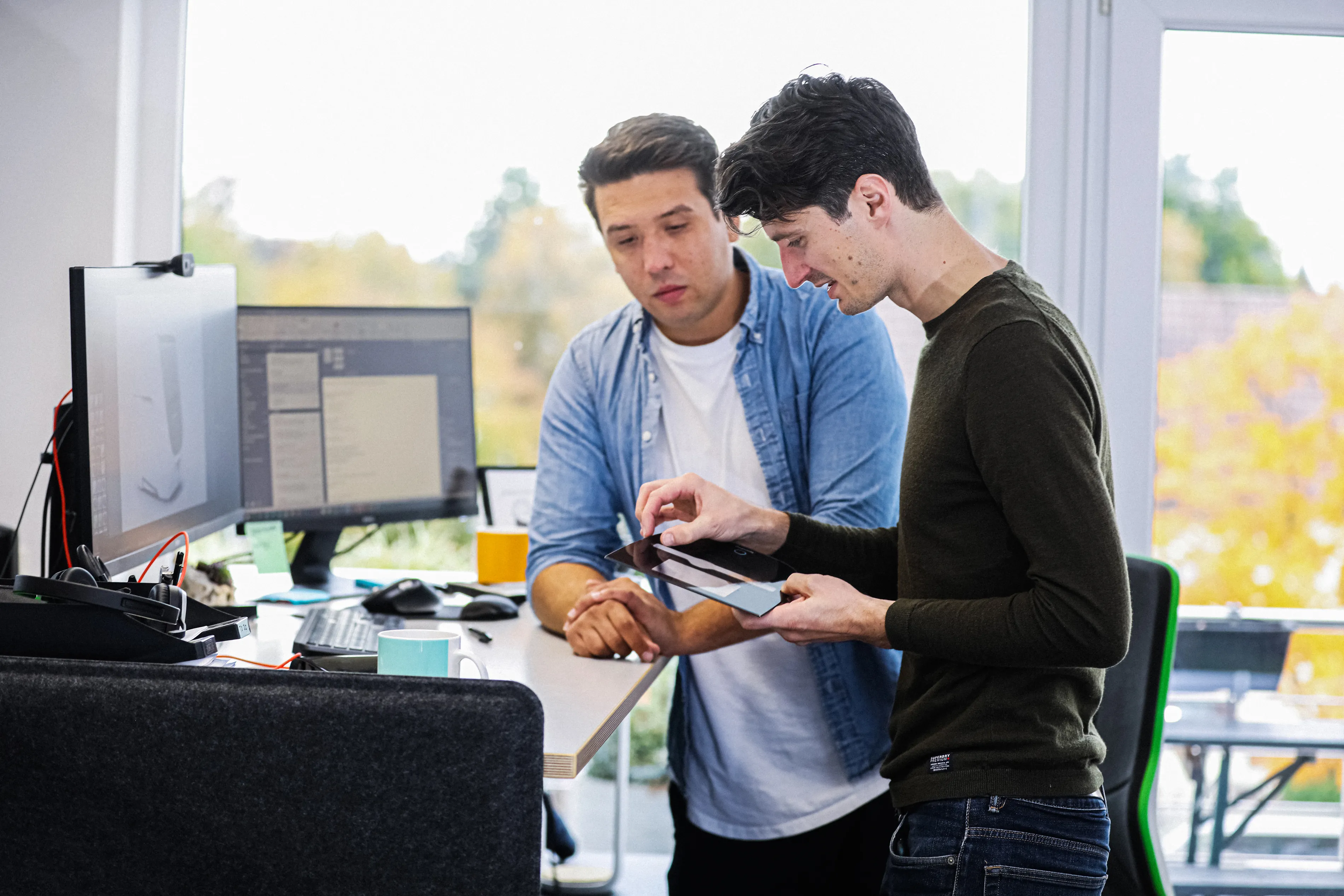
Posture and creative energy
Who would have thought that our posture has an influence on our creativity? Studies show that working in a standing position not only promotes health, but also increases creative energy. A simple change of position can stimulate the flow of thoughts and allow new ideas to bubble up. Height-adjustable desks and high tables for spontaneous group meetings have long been standard in our offices. On the other hand, there is still room for improvement in the creative walk, i.e. talking while walking with the aim of getting thoughts flowing.
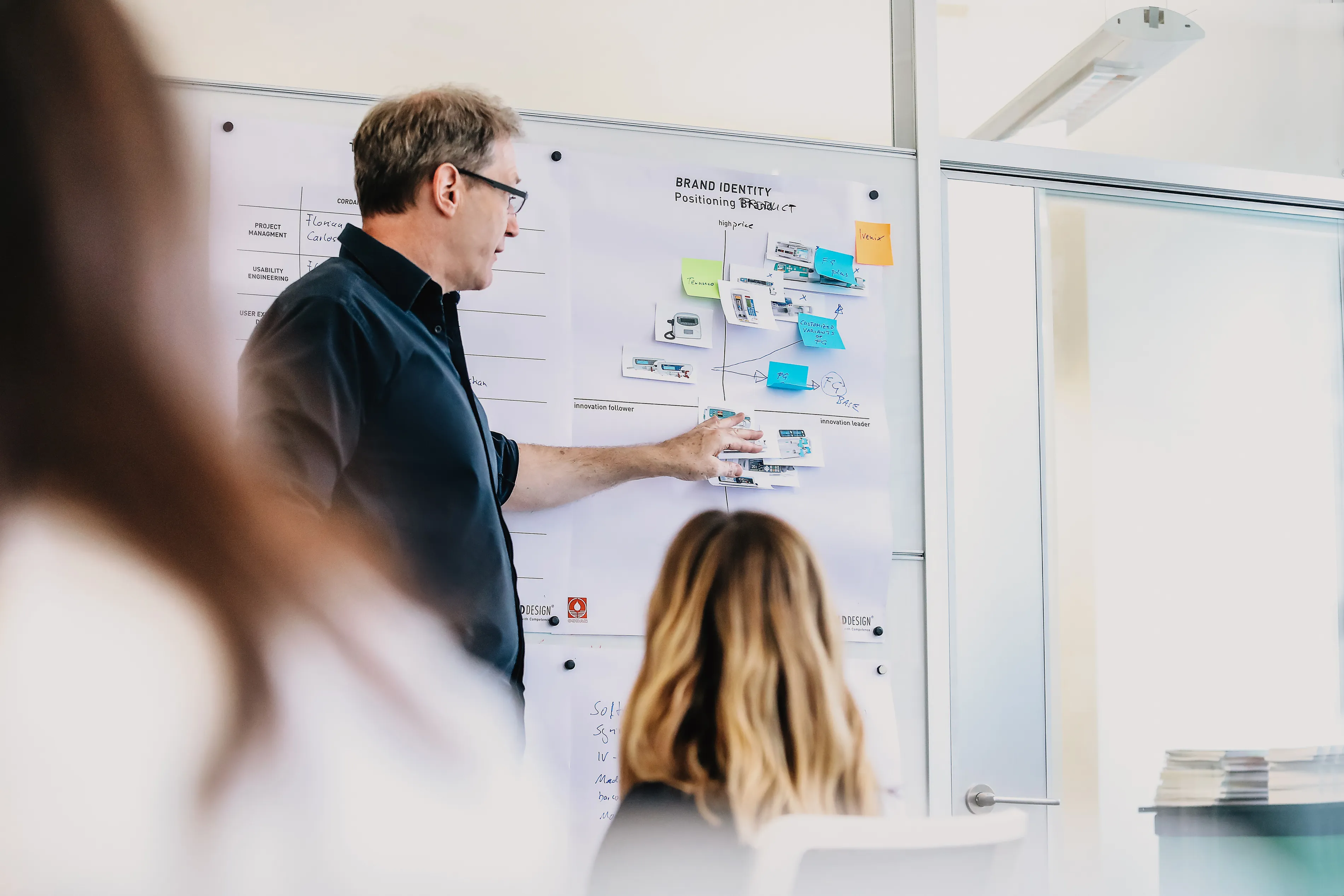
Unique benchmarking: learning from the best
Lookingat successful products from the competition can be not only frustrating but also extremely inspiring. However, unique benchmarking does not mean simply copying. It's about recognizing the strengths of competitors while avoiding their weaknesses. This results in products that are better and more innovative. As part of the research phase, we analyze competitor products in order to work out their success factors. We implement these factors in an abstract and innovative way, resulting in a superior design.
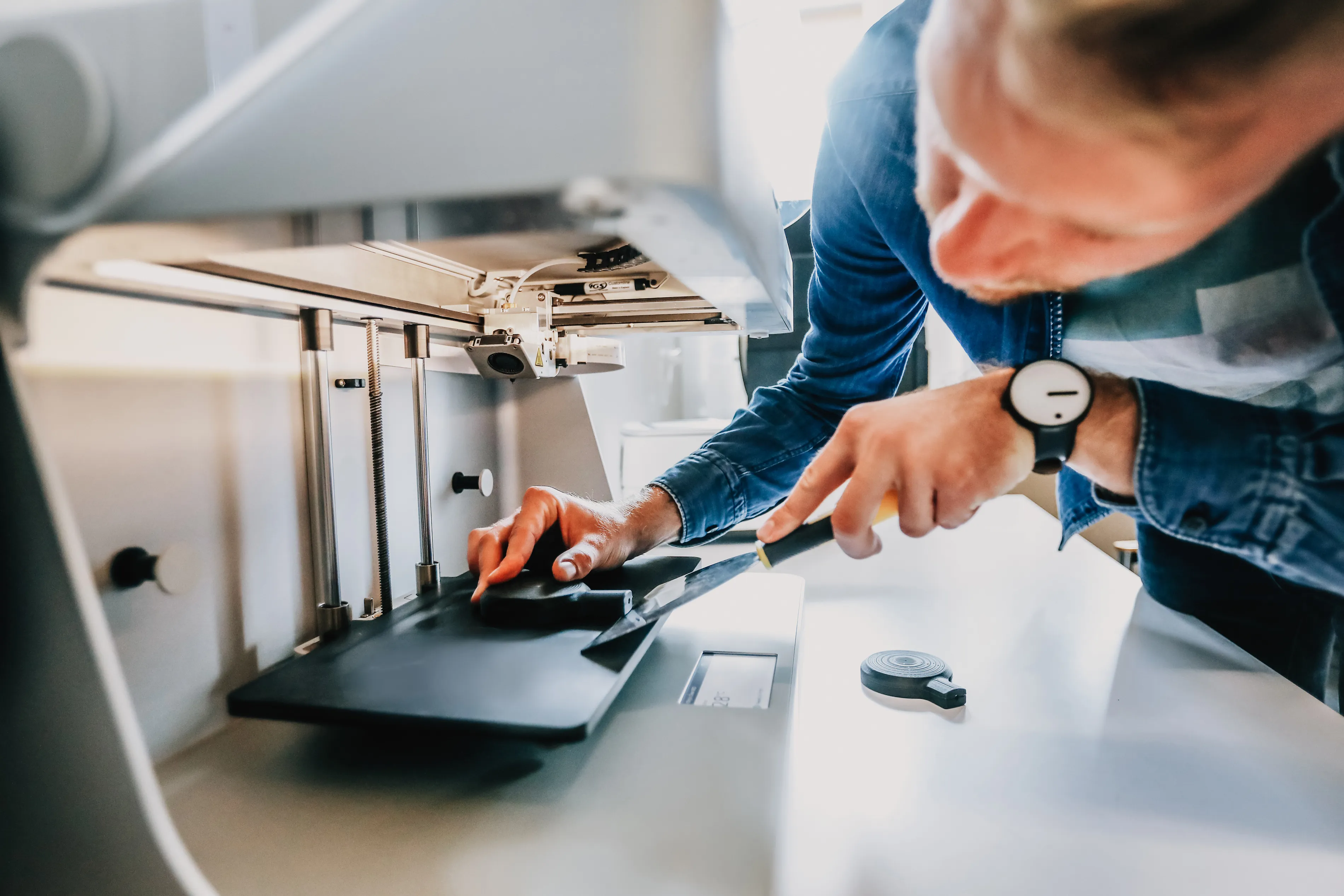
Redefinition through technology and design
Themedical industry thrives on innovation. New technologies and fresh designs enable us to completely redefine existing product categories. This is a key strategy in medical design: questioning the tried and tested and rethinking it. With the long development cycles in medical technology, it is always worth taking a look at technological possibilities that did not exist in the previous version, such as 3D printing or new display technologies.
Facelift for existing products
Sometimesa facelift is all it takes to breathe new life into an ageing product. Small changes in design or functionality can improve the appearance and boost sales. A fresh look and optimized features make the product more attractive to customers. We often find that a radical design is not the best approach, as customers are too accustomed to the old standard. This is where a facelift helps.
The new tools - accelerating processes with artificial intelligence in dialog
AI is revolutionizing medical design in many ways. Advanced analytical capabilities and generative technologies are opening up new possibilities in product development. From brainstorming to implementation, AI offers numerous advantages in almost all phases.
AI brainstorming: algorithms as a source of ideas
Algorithms can help us find ideas. AI brainstorming uses this technology to find innovative solutions to complex problems. This results in ideas that we might never have developed on our own. In the concept phase, AI can run through an infinite variety of combinations from a set of highly prioritized requirements in order to bring the optimal set into development.
Sketchstorming: Visual exploration with AI tools
AI tools enable fast and diverse visual idea exploration. Sketchstorming produces numerous drafts in a very short time. This diversity helps us to pursue and refine the best approaches. The rapidly developing generative tools are based on rudimentary sketches and offer fast variant creation in better display qualities.
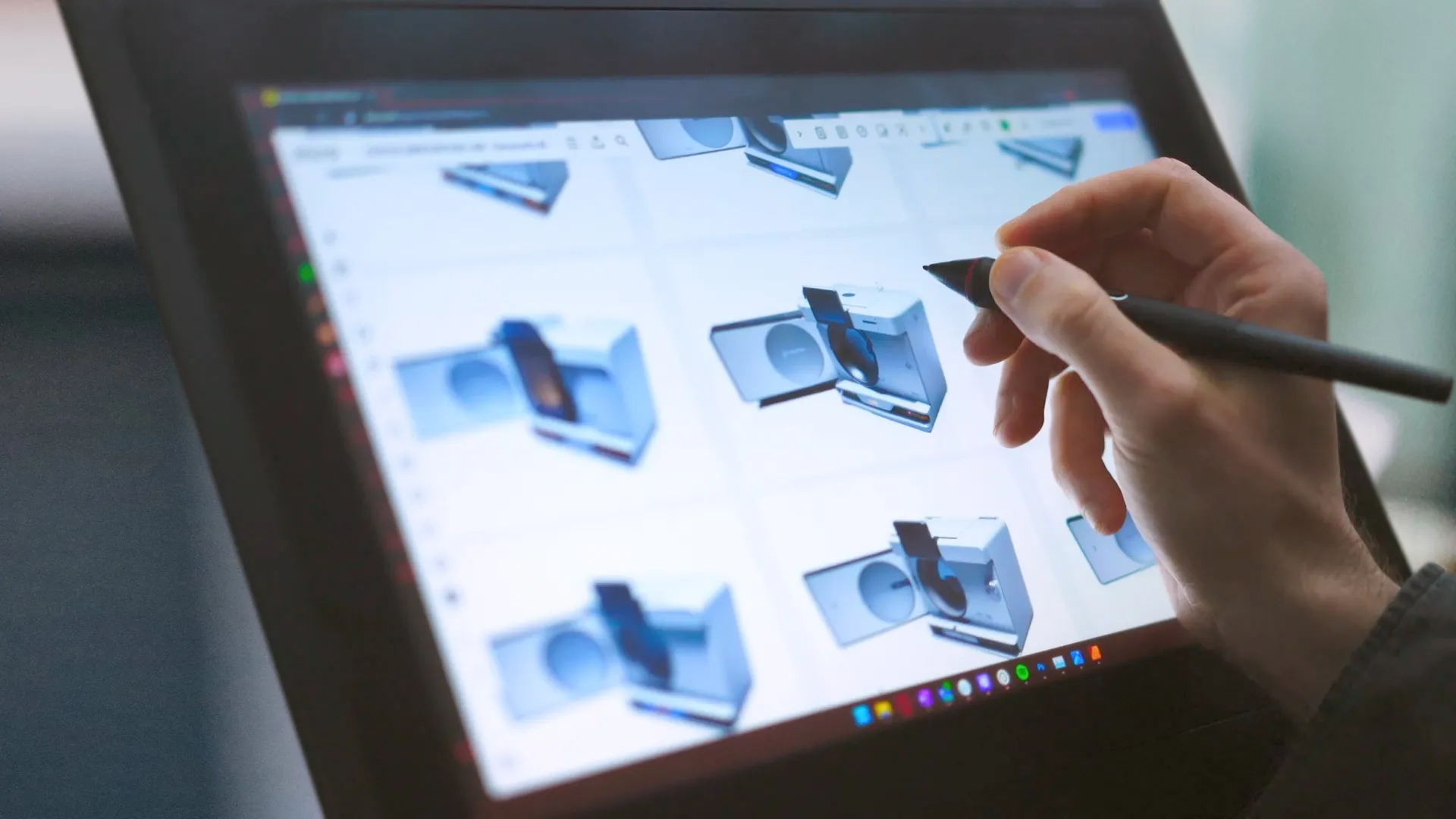
AI-supported variant creation
Thanks to AI, a basic design can be further developed in numerous variants. This diversity opens up new perspectives and enables us to find the best design for our products. For the ideal overall shape as well as for the individual detail. Each variant offers unique advantages that need to be evaluated. We know it from online marketing and user interface design: A/B testing. In small and easy-to-use tests, different variants are run through and evaluated - in order to arrive at the optimum solution.
Proven processes optimized through AI influences
The combination of traditional creative techniques with modern AI methods improves the user-friendliness, functionality and speed of innovation in medical design. AI-supported tools are still new and development is progressing rapidly. Will we soon be using Vision Pro AR glasses to shape new forms directly and using haptic feedback? Until then, experimenting with combinations of old and new is the only way to expand our creative repertoire.
The future of medical design is in our hands. Through creative approaches and the use of state-of-the-art technologies, we develop new products that improve working conditions in the healthcare sector and also improve patient outcomes. It's time to break new ground and seize the opportunities that present themselves - it's a really fun time.
04 Tips from the expert
- Encourage interdisciplinary collaboration
Bring together experts from different specialist areas to gain different perspectives and innovative ideas. Use digital tools such as Miro or Mural to facilitate teamwork and promote creative exchange. - Learn from the competition
Analyze your competitors' successful products to understand their strengths and weaknesses. Use these insights to improve your own products and differentiate yourself in the market. - Integrate AI into your design process
Use artificial intelligence for brainstorming and variant creation. AI tools can speed up the ideation process and help tackle complex problems with innovative solutions. - Team up with design experts
Collaborate with experienced designers to redefine existing products and develop innovative solutions. By combining specialist knowledge and creative expertise, you can create products that users love.
Frequently asked questions
